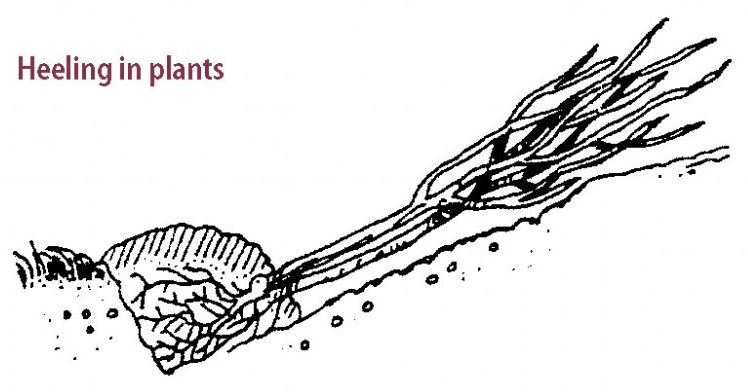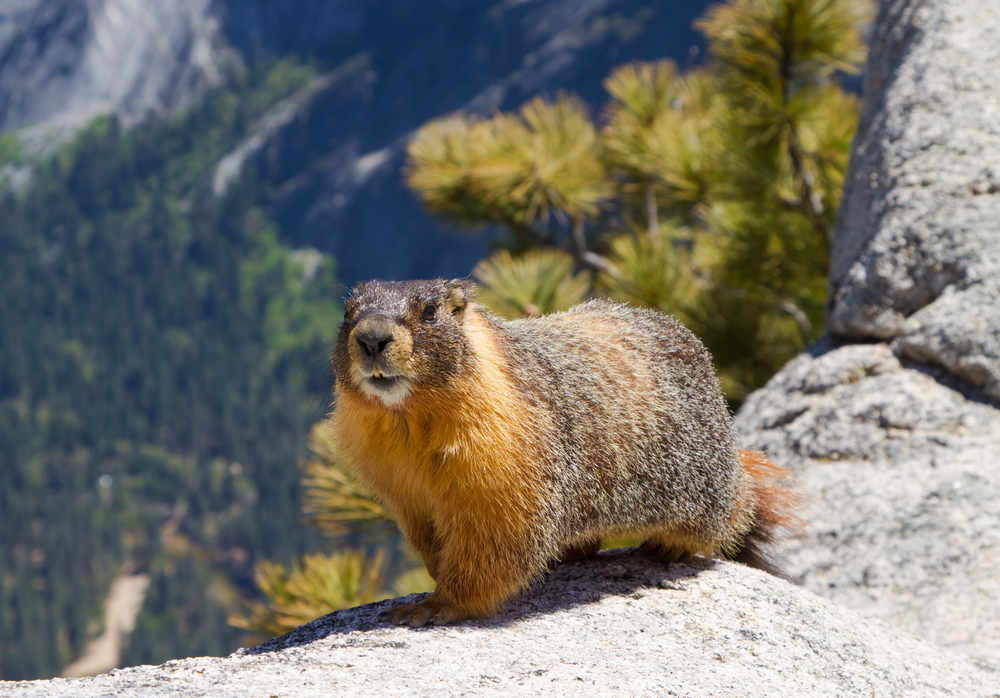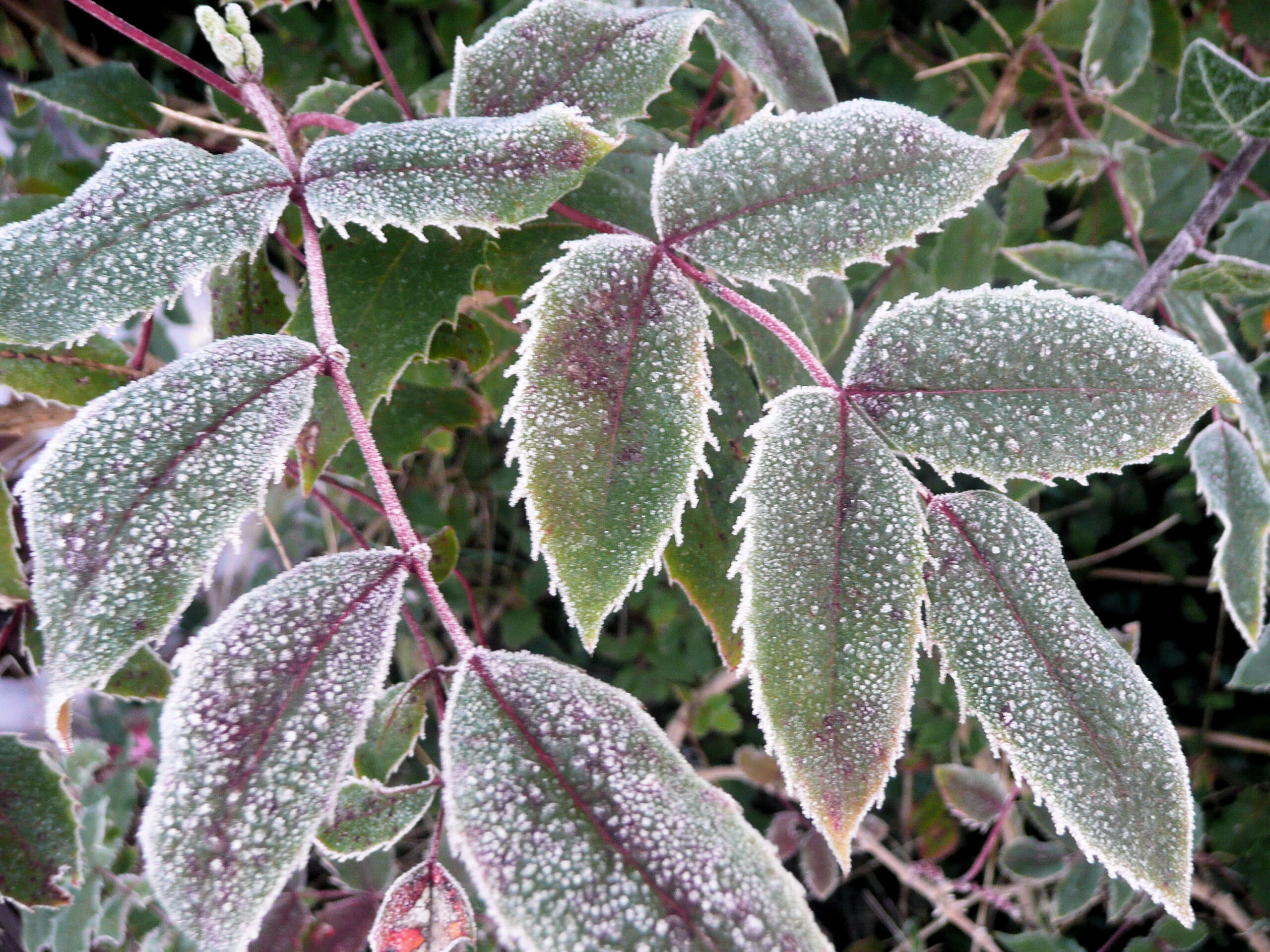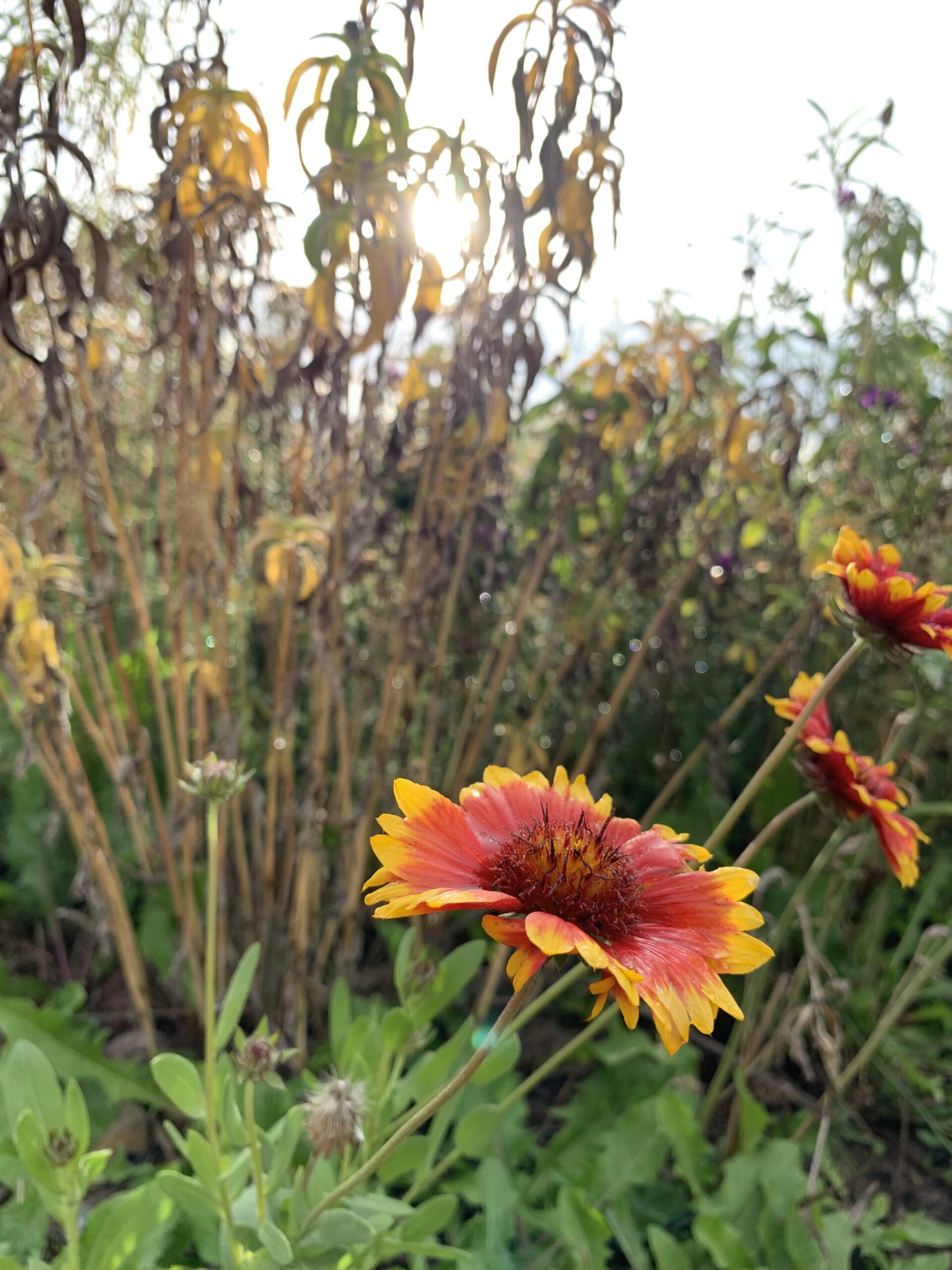By Jessie Walthers, Conservation Program Manager Groundhog Day. Who doesn’t love this most random of…

Heeling In Bareroot Plants
Dormant, woody plants with roots washed of soil are termed bareroot plants. While bareroot plants have many advantages over containerized nursery stock, including better root development and lower cost, they can be susceptible to heat and drying conditions if not planted immediately. If you are planting bareroot plants this spring and need a little more time to get them planted, consider heeling in – a temporary planting technique. Heeling in plants gives them a little more protection from the weather and can give a gardener more time for site prep or to wait for good planting weather. Heeling in prevents the plants from breaking dormancy early and keeps the roots moist until you can get them planted.
Follow these steps for heeling in a plant:
- Remove all packaging and soak the roots in water for up to an hour.
- In a shaded location, dig a V-shaped trench just large enough to accommodate the roots.
- Place the roots in the trench and lay the plant on the ground at an angle (see diagram).
- Loosely fill the trench back in with soil and water until lightly moistened.
In the spring, plants can remain heeled in for up to a month. In the fall, this technique will allow you to overwinter your plants as long as they are planted early the following spring. If your ground is still frozen, you can use a wheelbarrow or 5-gallon bucket and mulch, sawdust, or sand. If you have multiple bareroot plants, they can be loosely piled together when heeled in and do not require the same spacing as permanent planting. When you’re ready to plant and your permanent site prep is complete, simply uncover the plants and rinse their roots before planting.



